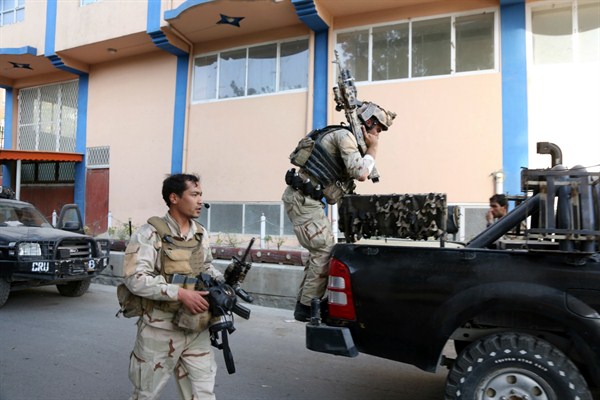While not as dangerous as Iran and North Korea, Afghanistan remains one of America’s thorniest and most frustrating security challenges. Since the George W. Bush administration intervened in that country after the attacks of 9/11, the United States has tried to create an Afghan government and train security forces that could stabilize the country and eradicate extremist organizations like al-Qaida that had been given sanctuary there under Taliban rule. The idea was that after some period of international help, the government and security forces of Afghanistan would be able to stand on their own.
Unfortunately this has not worked. While many Afghans have fought extremism with extraordinary bravery and some of the country’s leaders have pursued visionary policies, the political class—riven by factionalism, corruption and ineffectiveness—has failed to create a politically and economically viable nation or defeat the Pakistan-based Taliban.
The American public began losing patience with Afghanistan several years ago. Despite this, when former President Barack Obama took office in 2009, he opted for a temporary surge in U.S. military forces—to a peak of roughly 100,000—and continued support for the Afghan government in the hopes this would convince the Taliban to negotiate an end to the conflict. This was probably worth a try, but given the Afghan government’s corruption and ineffectiveness, the Taliban’s deep roots and persistence, and Pakistan’s continued support for the extremists, the policy failed. Obama subsequently drew down U.S. forces in Afghanistan to their current levels of roughly 8,400, but success is no closer today than it was when he first set out to shape the conflict’s outcome.

